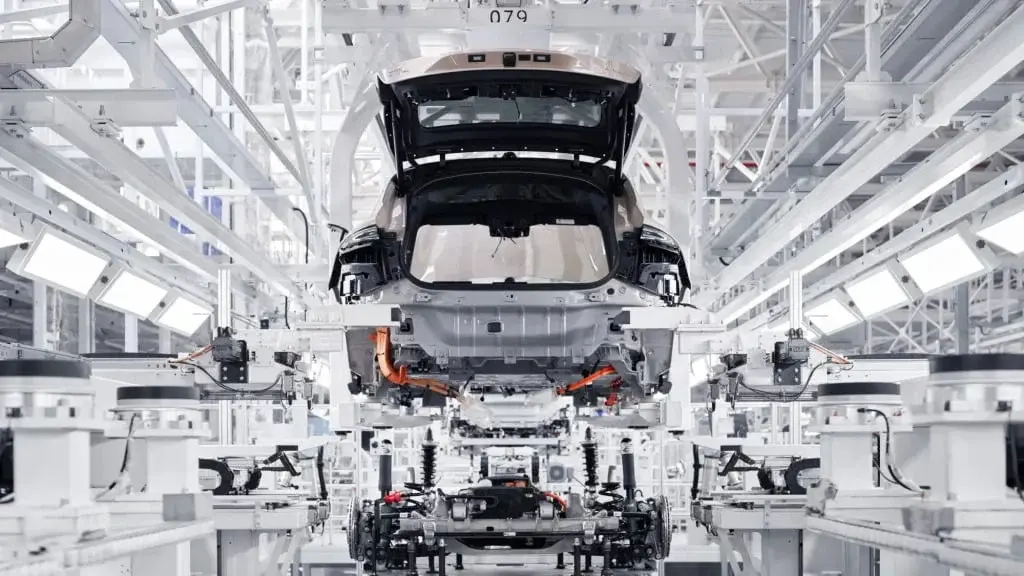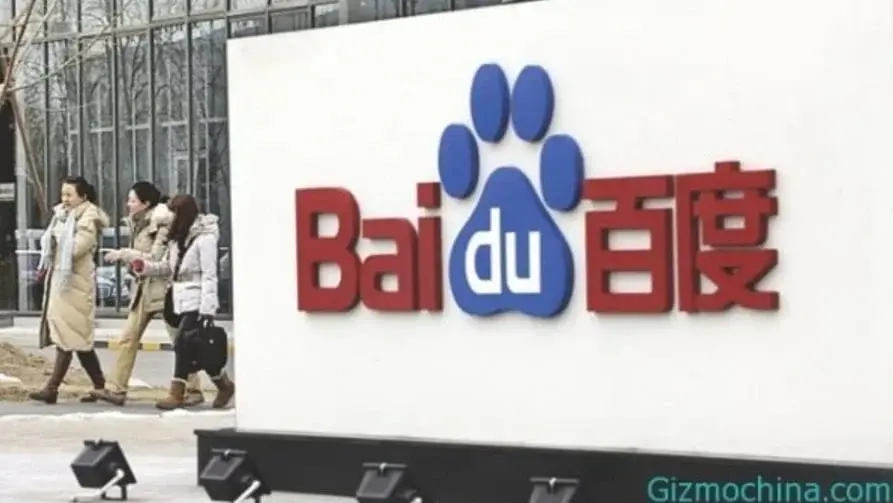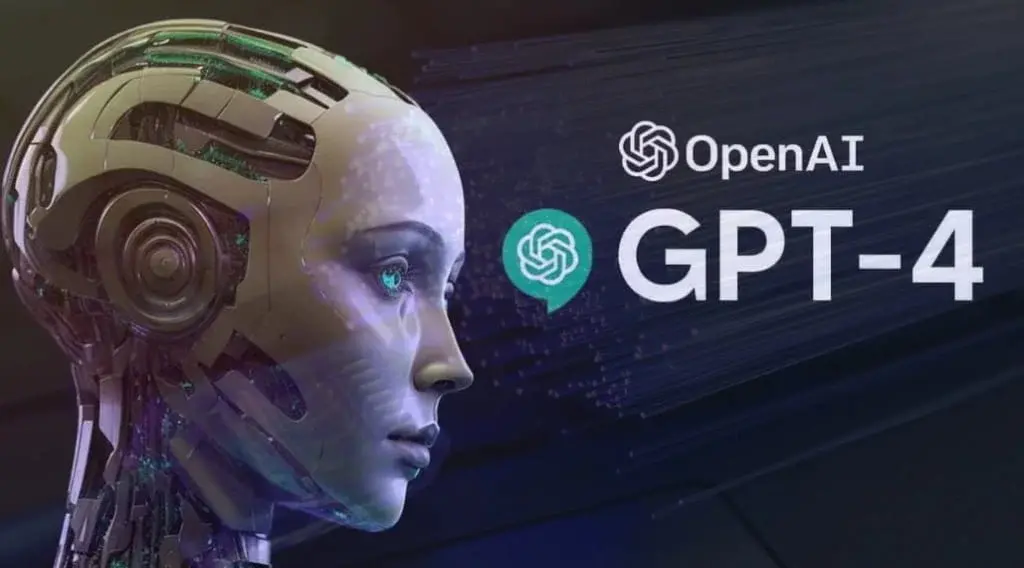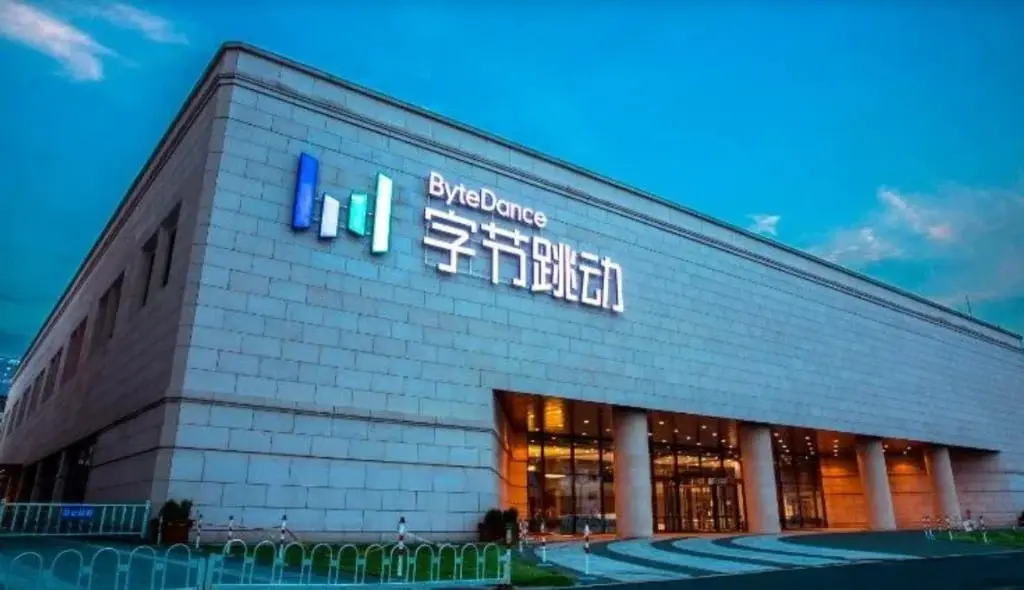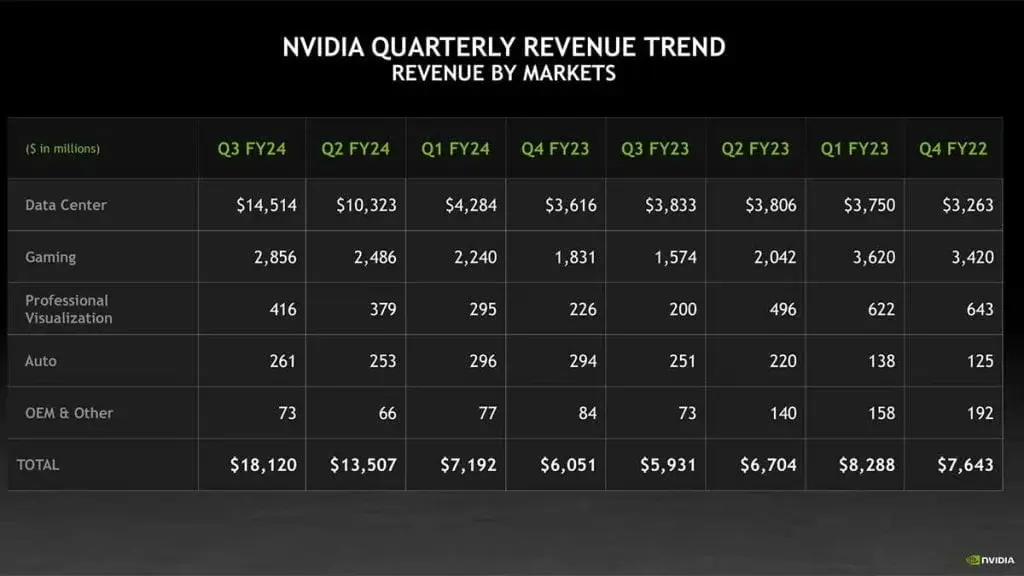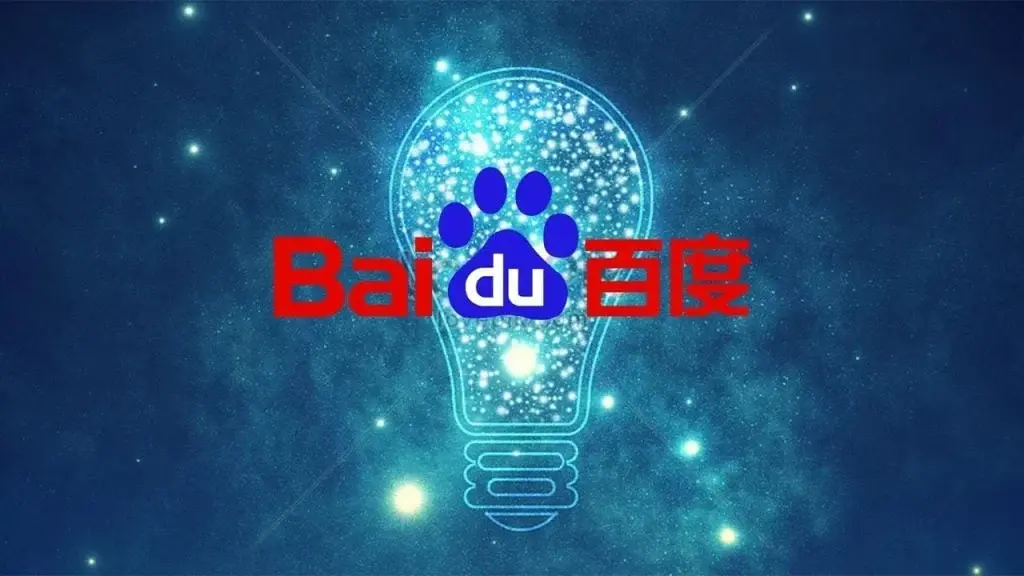Nio, a leading Chinese electric vehicle (EV) manufacturer, is taking bold steps to revolutionize its workforce and stay ahead in the highly competitive market. By 2027, the company plans to reduce its workforce by 30% through the integration of advanced artificial intelligence (AI) and robotics. This move reflects a growing trend among EV makers to embrace technological advancements.
Embracing AI and Robotics in Automotive Manufacturing
Nio’s strategy goes beyond simply reducing numbers; it aims to transform the very method of automotive manufacturing. The company’s vice-president, Ji Huaqiang, emphasizes their intention to heavily rely on AI, leading to significant reductions in managerial roles. This shift indicates a future where data-driven decisions and automation play a crucial role in enhancing efficiency and precision in production processes.
Balancing Innovation and Workforce Dynamics
Nio’s approach highlights the broader challenge faced by the EV industry in balancing technological innovation with workforce dynamics. As Nio, Xpeng, Li Auto, and other players navigate this new landscape, they must find ways to maintain growth and profitability in a market crowded with over 200 competitors, including newcomers like Xiaomi and Baidu.
Shaping the Future of EV Manufacturing
Nio’s pursuit of automation is a testament to the evolving nature of the EV industry. Despite not yet turning a profit since its establishment in 2014, the company’s aggressive adoption of automation and AI technologies positions it as a frontrunner in shaping the future of EV manufacturing. This approach is not solely focused on cost-cutting but aims to redefine efficiency and set new benchmarks for the industry.

